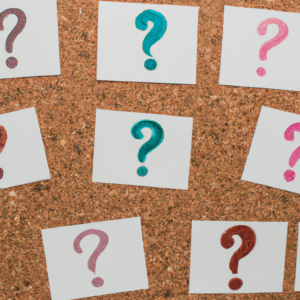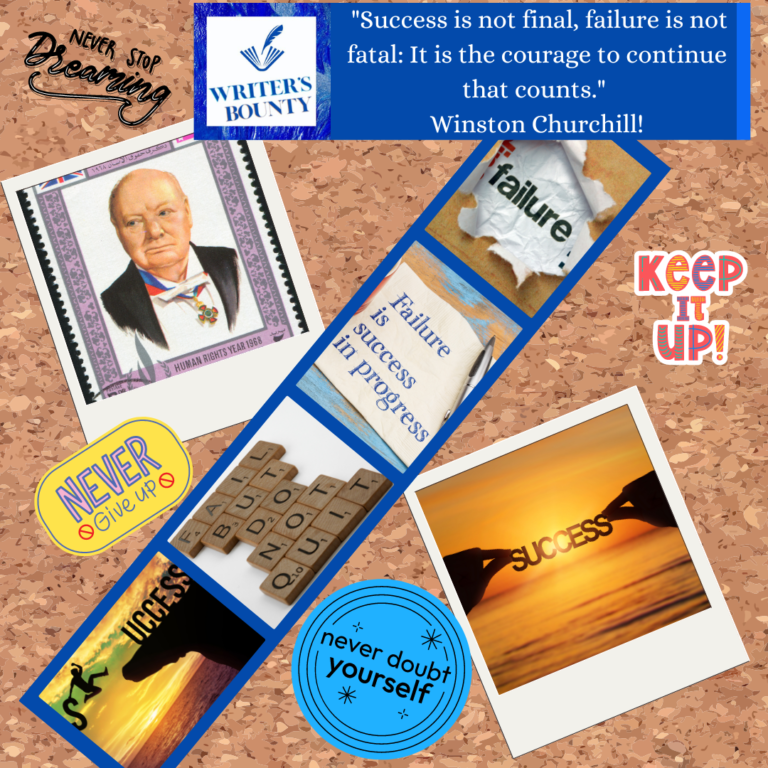Reader Engagement: Empathy, Curiosity, and Suspense in Storytelling
Hey there, fellow educators and word enthusiasts! Today, I’m excited to dive into the psychological principles that turn pages and ignite minds. Think empathy, curiosity, and suspense – the secret ingredients to a captivating tale. Whether you’re penning your next novel or inspiring young writers in the classroom, understanding these principles can transform the way you engage with your audience. So grab a cup of coffee, and let’s unravel the mystery of what makes a story truly unforgettable.

The Power of Psychological Principles
Empathy: Walking in a Character’s Shoes
Empathy is the heart of any great story. It’s that magical connection between readers and characters, making the joys, struggles, and journeys feel personal. But how do we foster this bond? By crafting characters that are relatable and multi-dimensional. Think about Scout Finch in “To Kill a Mockingbird.” Her innocence and curiosity let us see her world with fresh eyes, making us care deeply about her experiences. We’ll explore techniques to create empathetic characters that resonate with readers, drawing them deeper into your story.
Curiosity: The Engine of Engagement
Curiosity is the spark that ignites a reader’s interest and keeps them turning pages. It’s about creating questions in their minds and a hunger to know more. Consider the enigmatic world of “Harry Potter.” From the very first chapter, we’re filled with questions about this mysterious boy and his extraordinary destiny. We’ll delve into strategies to weave curiosity throughout your narrative, from subtle hints to mind-bending twists, ensuring your readers can’t put your book down.
Suspense: The Art of Anticipation
Suspense is the pulse-pounding element that makes a story thrilling. It’s about creating tension and uncertainty, keeping readers on the edge of their seats. Think of the chilling moments in “The Da Vinci Code.” Each revelation and cliffhanger drives the story forward, compelling us to read just one more chapter. We’ll examine ways to build suspense through pacing, plot twists, and character dilemmas, making your story an irresistible rollercoaster ride.

Crafting Engaging Narratives Using Empathy, Curiosity, and Suspense in Storytelling
Building Empathetic Worlds
Creating a world that fosters empathy goes beyond character development. It’s about setting a stage where readers can immerse themselves fully. Look at the vivid descriptions in “The Lord of the Rings.” Middle-earth becomes a character in its own right, with its history, cultures, and landscapes. We’ll discuss how to craft rich, immersive worlds that complement your characters and enhance the empathetic connection with your readers.
Planting Seeds of Curiosity
Curiosity isn’t just about the big mysteries; it’s also in the small details that hint at something more. It’s the art of leaving breadcrumbs that lead to an unexpected revelation. In “Gone Girl,” Gillian Flynn masterfully plants subtle clues that challenge our perceptions and keep us guessing. We’ll explore how to sprinkle your narrative with intriguing details, creating a tapestry of curiosity that compels readers to unravel the truth.
Mastering the Ebb and Flow of Suspense
Suspense thrives on the balance between tension and relief. It’s not just about high-stakes moments but also the quieter times that build anticipation. The Harry Bosch series by Michael Connelly is a great example. Each novel balances intense action with moments of introspection and character development. We’ll delve into techniques for pacing your story, crafting a rhythm that keeps readers engaged and emotionally invested.

Frequently Asked Questions About Using Empathy, Curiosity, and Suspense

Using Midjourney
Final Thoughts on Using Empathy, Curiosity, and Suspense in Storytelling
As we wrap up our exploration of empathy, curiosity, and suspense in storytelling, remember that these principles are tools to engage your readers’ hearts and minds. Whether you’re a seasoned author or a passionate teacher inspiring the next generation of writers, integrating these elements can transform your narrative into a captivating journey. Keep experimenting, keep learning, and most importantly, keep sharing your stories. They have the power to connect, entertain, and inspire. Happy writing, and here’s to stories that stay with us long after the last page is turned!
For more tips for hooking your readers, check out “Mastering Emotional Impact in Storytelling: The Ultimate Guide to Captivating Audiences” and “Mastering Opening Lines: Engaging Readers Instantly.”







One Comment
Comments are closed.